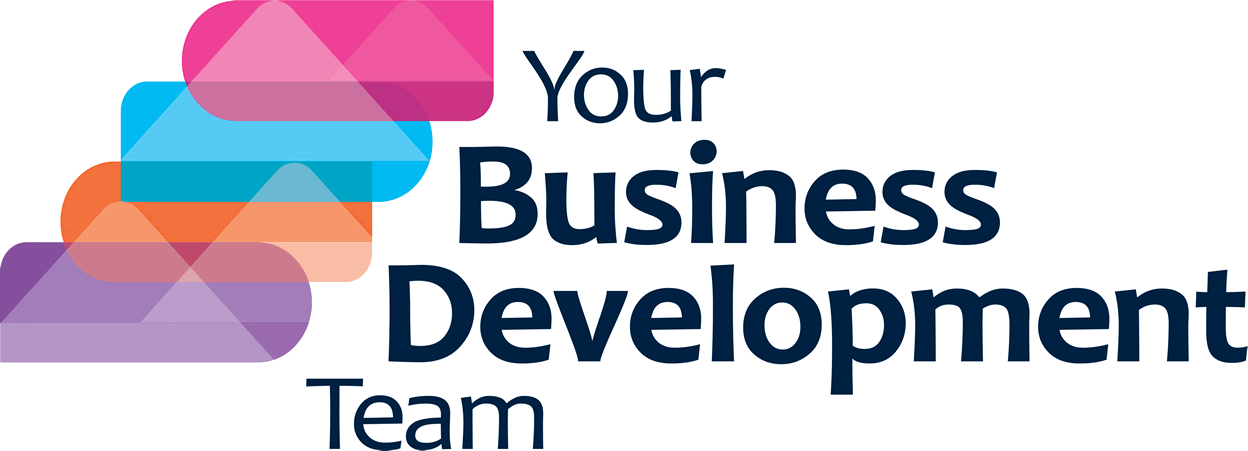I love this quote from author CS Lewis: ‘You are never too old to set another goal or to dream a new dream’. Still, sometimes the reason for setting new goals and dreams is out of hands. GDPR is one of these situations; making sure your business is compliant is an absolute pain in the backside, but it forces you to review many key processes in your business which is never a bad thing.
Going through this joy myself in the past few weeks has made me consider lead generation methods we use in the business, for clients and ourselves. This lead me to some research for different ideas that fitted well with our lead generation system and new ways of using current methods. As my much-appreciated readers, I am sharing my thinking with you in the form of the top tools to use in B2B marketing à la Your Business Development Team:
- Offline methods:
- Direct Mail: Or lumpy mail in marketing speak, is making a come back in post GDPR marketing as it is one of the methods you can use with prospect companies as long as they have not asked you to stop. In these days of e-mail, a letter has become a bit of a novelty and you can use to your advantage.
How to use it: I would suggest using it in conjunction with other campaigns; using a variety of platforms ensures that you are appealing to all of your prospects. Due to cost, it is probably worth making a long-term plan so that you are designing multi-use materials and printing in bulk where possible.
- Networking/ referral partners: Referrals are by far the best way to gain new business. Firstly, you start the relationship much further ahead, knowing your prospect requires your services. More importantly, your conversion rate is likely to be much higher with referrals as the trust is there from the start.
How to use it: This would very much depend on the stage of your business, how much time you have and your personal preference. There are many versions of networking groups out there to suit everyone. If your business is new, you tend to network more. Mature businesses tend to settle into referral affiliations with their clients and suppliers. I think any arrangements is fine as long as you are benefiting from this key tool.
- Online methods:
- LinkedIn: Many of my younger colleagues dismiss LinkedIn as it seems very corporate in comparison with hipper Social Media channels. In my opinion, it is the most relevant Social Media tool to use for B2B as people who use it expect to talk and read about business topics. It is also the best place to connect and find your prospects’ most up to date details.
How to use it: The three key elements on LinkedIn are:
- Create a decent profile
- Constantly grow your following
- Represent your business through posts and article sharing
If you have not used it before, I strongly recommend having some training on it as it will improve what you can get out of it.
- Content Marketing: This is a tool which is relevant to a number of marketing platforms such as Social Media, E-mail Marketing and your website. Many businesses already use Content Marketing Though GDPR enforces the importance of getting it right. This is because it focuses you on your expertise and how to best share them with clients and prospects thus attracting interested parties the right way.
How to use it: Content Marketing is a good way to grow brand awareness, but it is not a quick win. For it to work, it needs consistency and time so create a monthly plan including Blogs, posts and e-mail campaigns and stick to it. Make sure you consider how you use e-mail marketing in the light of GDPR, ensuring you are compliant. Note that the digital space allows you to use many and varied tools so get some advice from a good digital agency.
- Landing Pages: This is not a new tool but I think it takes centre stage in list-creation post GDPR allowing you to reach prospects who have already expressed an interest in your product. So, what is it? The definition of it according to Unbounce is: ‘a standalone web page, created specifically for the purposes of a marketing or advertising campaign. These pages are designed with a single focused objective – known as a ‘Call to Action’.
How to use it: To use Landing Pages effectively you need to be specific and to do this you must understand your market well. I would suggest creating pages for specific campaigns and specific target markets. To work well, these need to form a part of a well thought out marketing strategy. Although there is plenty of free and helpful software for creating Landing Pages, it might be useful to use a digital agency to help you create them, at least initially.
I hope you found this useful for your post GDPR consideration. Whatever you do, don’t forget to follow up which is where the sixth top lead generation tool comes into play, the telephone…
Always happy to support your thinking so get in touch if you think we might be able to help.


